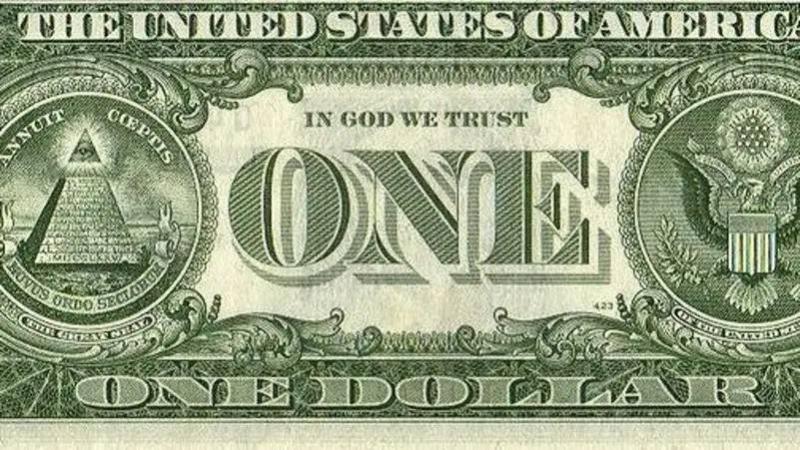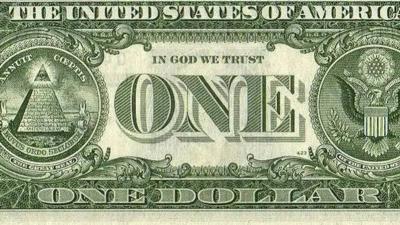Between 1861 and 1865, the United States experienced the Civil War, which resulted in the deaths of over 600,000 people and is classified as the bloodiest conflict in the country's history. This war held significant importance in American culture and history. In addition to its crucial role in preserving American unity and abolishing slavery, this war witnessed the emergence of the famous American motto "In God We Trust," which is currently found on U.S. currency and also serves as the national motto.
**The Beginning of the Motto's Emergence**
In a letter dated November 1862, American pastor Mark R. Watkinson urged the U.S. Secretary of the Treasury in the Union government to adopt a motto that mentioned God's name on some coins, to remind people of God's greatness and provide them with moral support during this challenging period in American history. This idea received substantial approval from many residents of Union states who supported it because the Constitution of the Confederacy mentioned God. On the other hand, several Union politicians endorsed this proposal as they had promoted the idea of God's support for Union forces since the outbreak of the war.
**Morgan Dollar**
On another note, the motto "In God We Trust" was already widespread in several American regions. Since August 1862, the 125th Pennsylvania Infantry had adopted this motto as its symbol. In the southern states, this motto was particularly appealing. According to sources from that period, the 37th Arkansas Infantry raised this motto on several of its flags.
**Expansion of the Motto's Use**
In 1862, U.S. Treasury Secretary Salmon P. Chase sought to propose a religious motto referring to God on American coins. With the help of National Reform Association member James Pollock, Chase began discussing several suggestions, eventually selecting the motto "In God We Trust."
As he prepared to present his proposal to Congress, it became clear that a law enacted in 1837 specified the symbols and inscriptions allowed on coins. In light of this situation, Chase approached Congress, which agreed to pass new legislation to amend this law.
In 1864, Congress passed the Coinage Act, which allowed Salmon Chase to include the phrase "In God We Trust" on one-cent and two-cent coins. By March 1865, Congress passed another law, signed by Lincoln before his assassination, permitting the phrase to be placed on all silver and gold coins. In 1873, Congress passed another law granting the Treasury Secretary the right to transfer this motto to other coins. During the same year, the motto appeared on the widely circulated Morgan dollar.
About five years later, the motto was broadly adopted when it was placed on the Morgan dollar. In 1908, Congress mandated the inclusion of the phrase "In God We Trust" on all future minted coins.
**Transition to Paper Currency**
On the other hand, there was no official declaration to print the phrase "In God We Trust" on banknotes. This situation remained unchanged for paper currency until around 1955. Later, in 1956, the United States chose "In God We Trust" as the official motto of the country, replacing E pluribus unum. According to several analysts, Americans opted for this change in the context of the Cold War to demonstrate their faith in God and His support for them against the Soviet Union, which rejected the existence of religions.
The appearance of this motto on American currency during the 1860s sparked division among Americans. While religiously inclined newspapers welcomed it, some secular newspapers rejected its presence.




